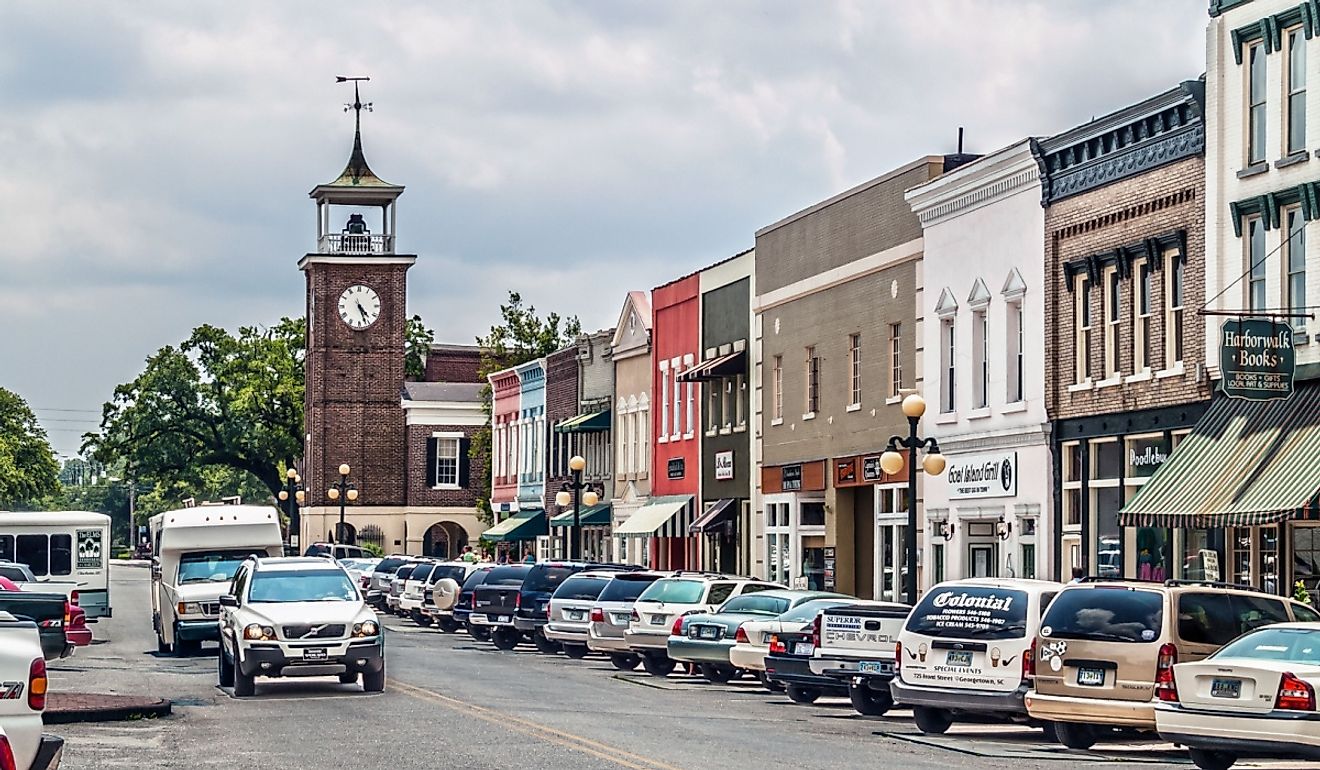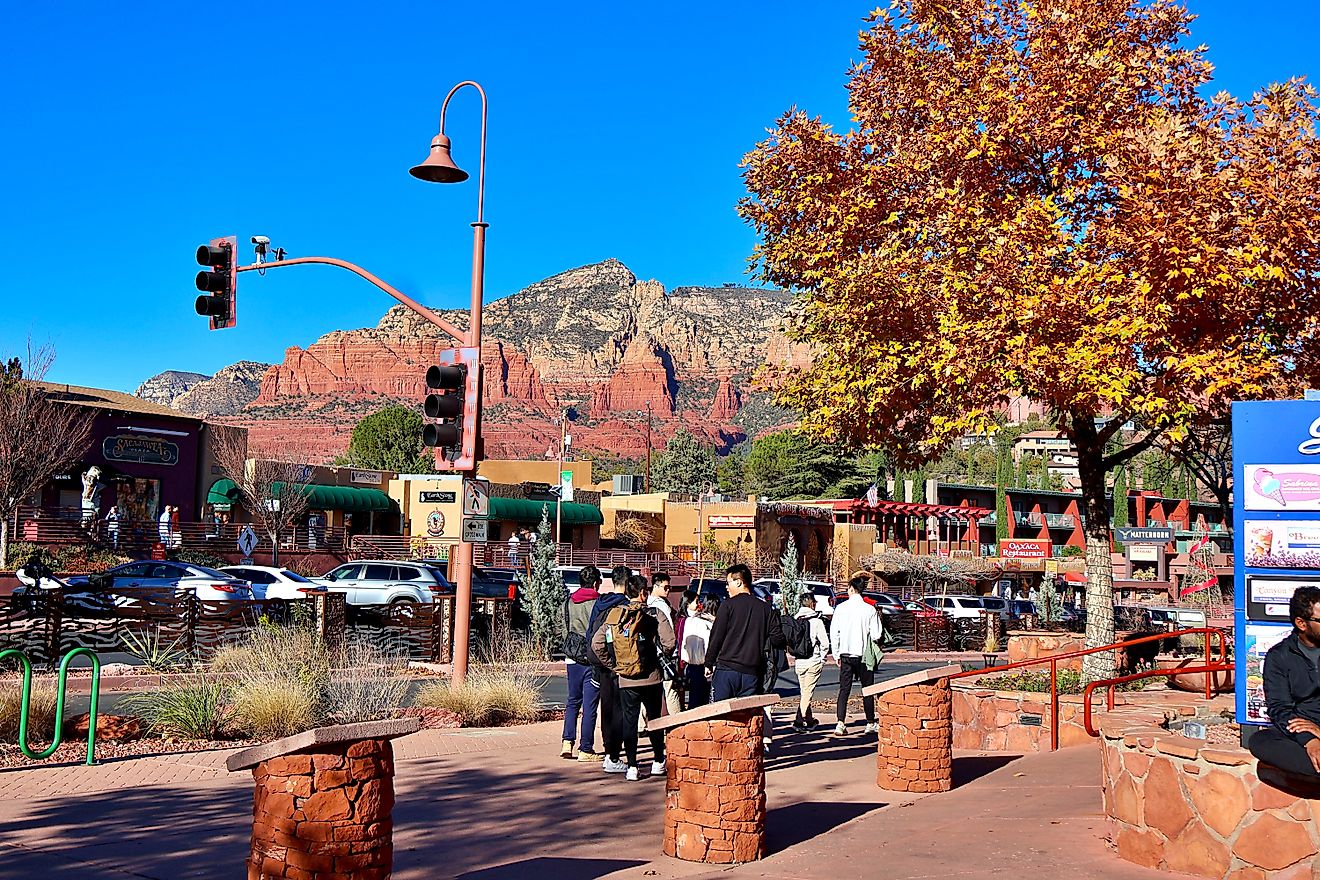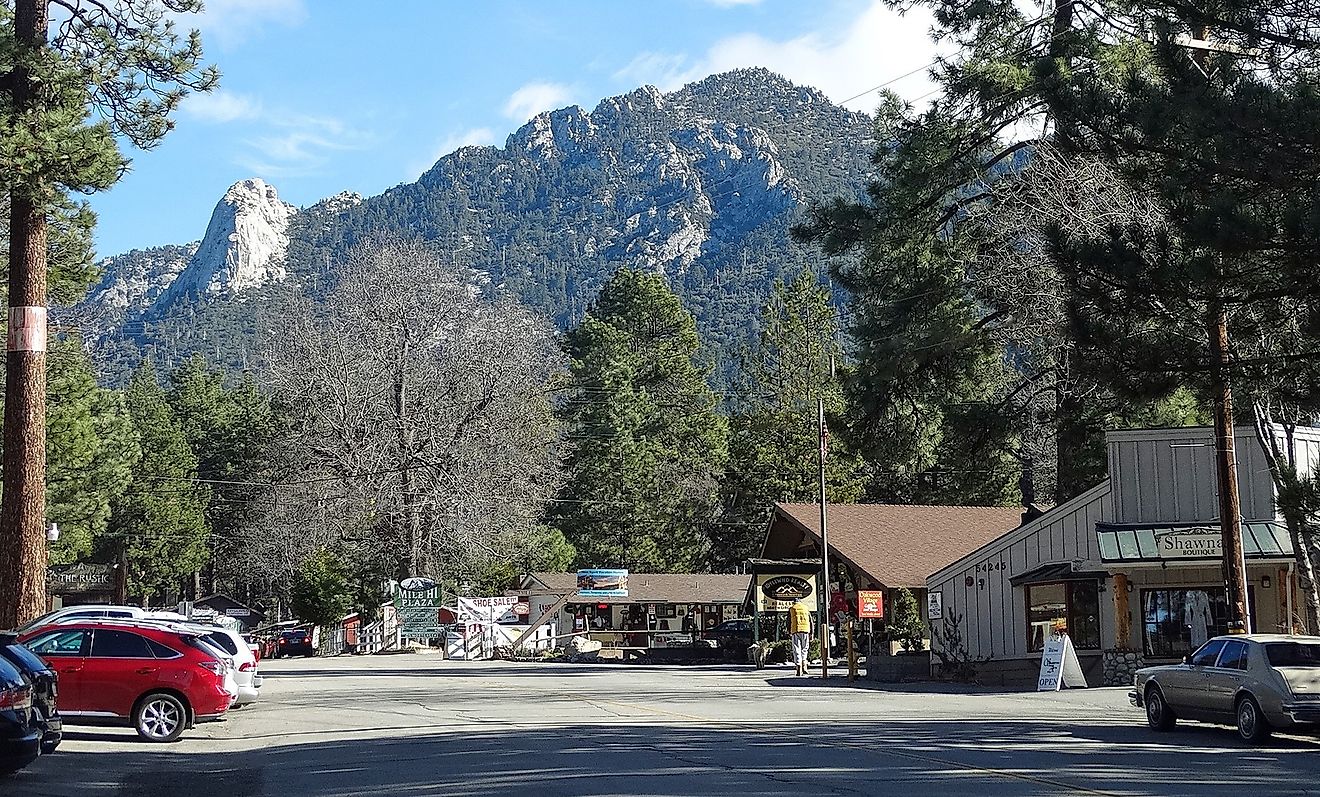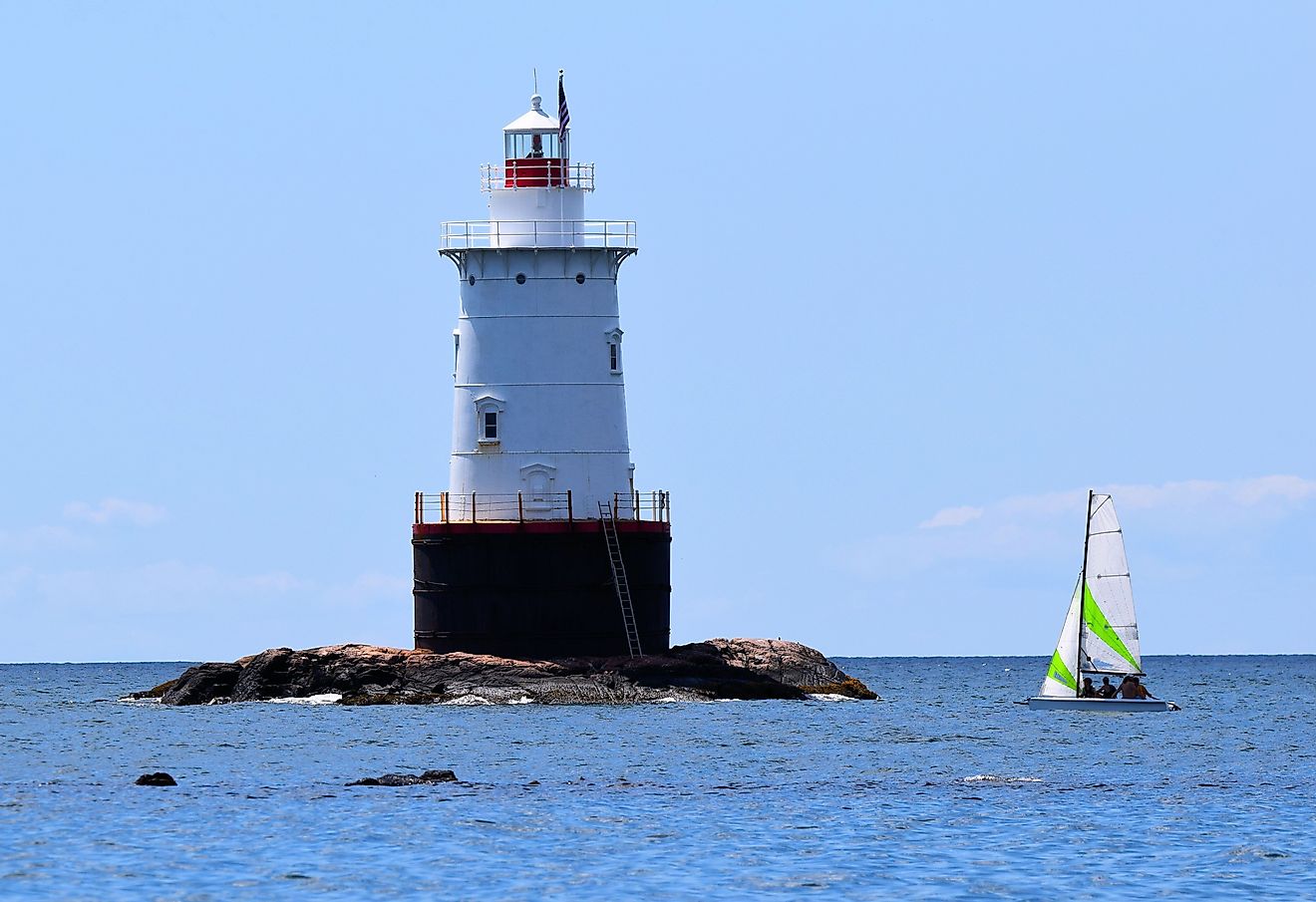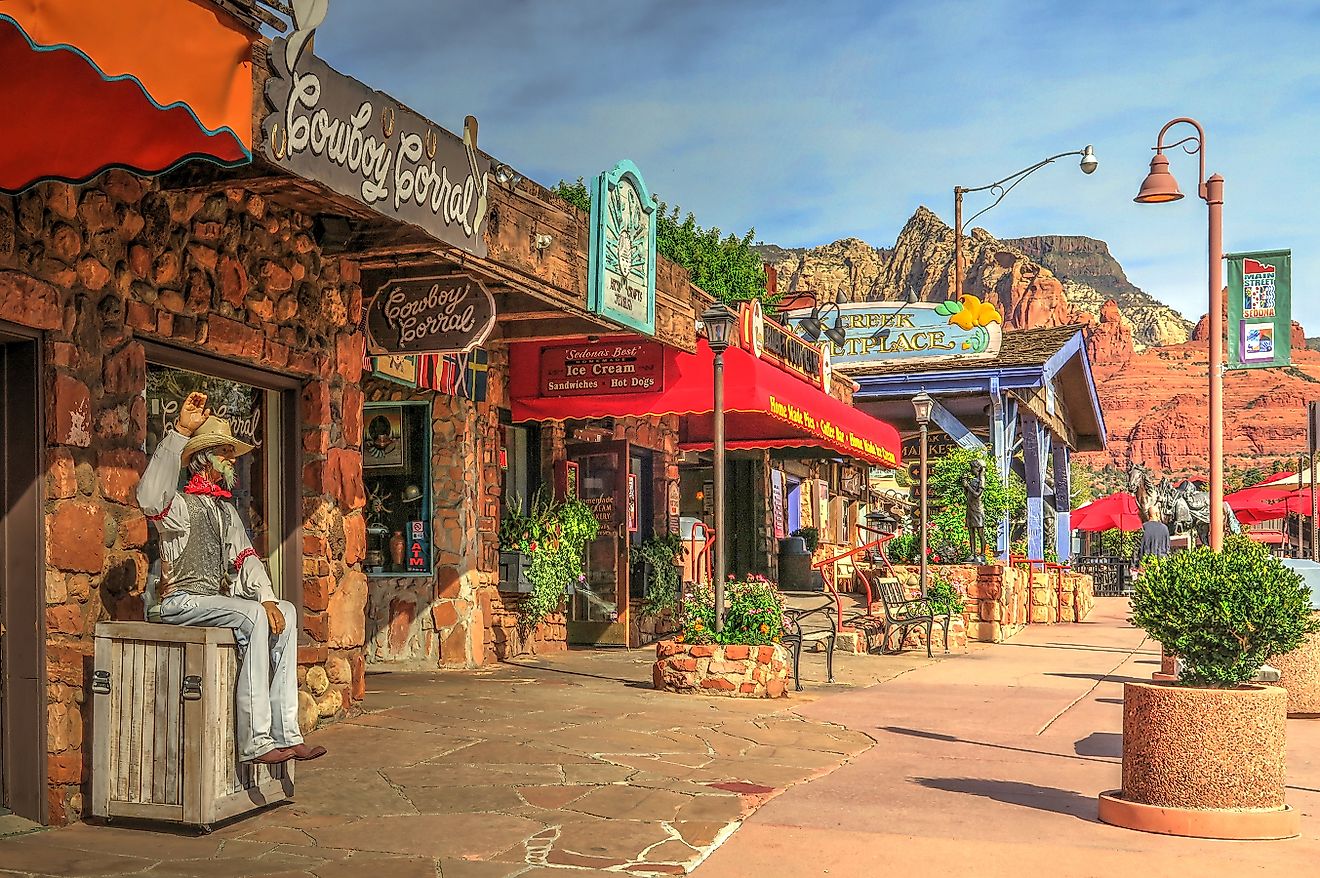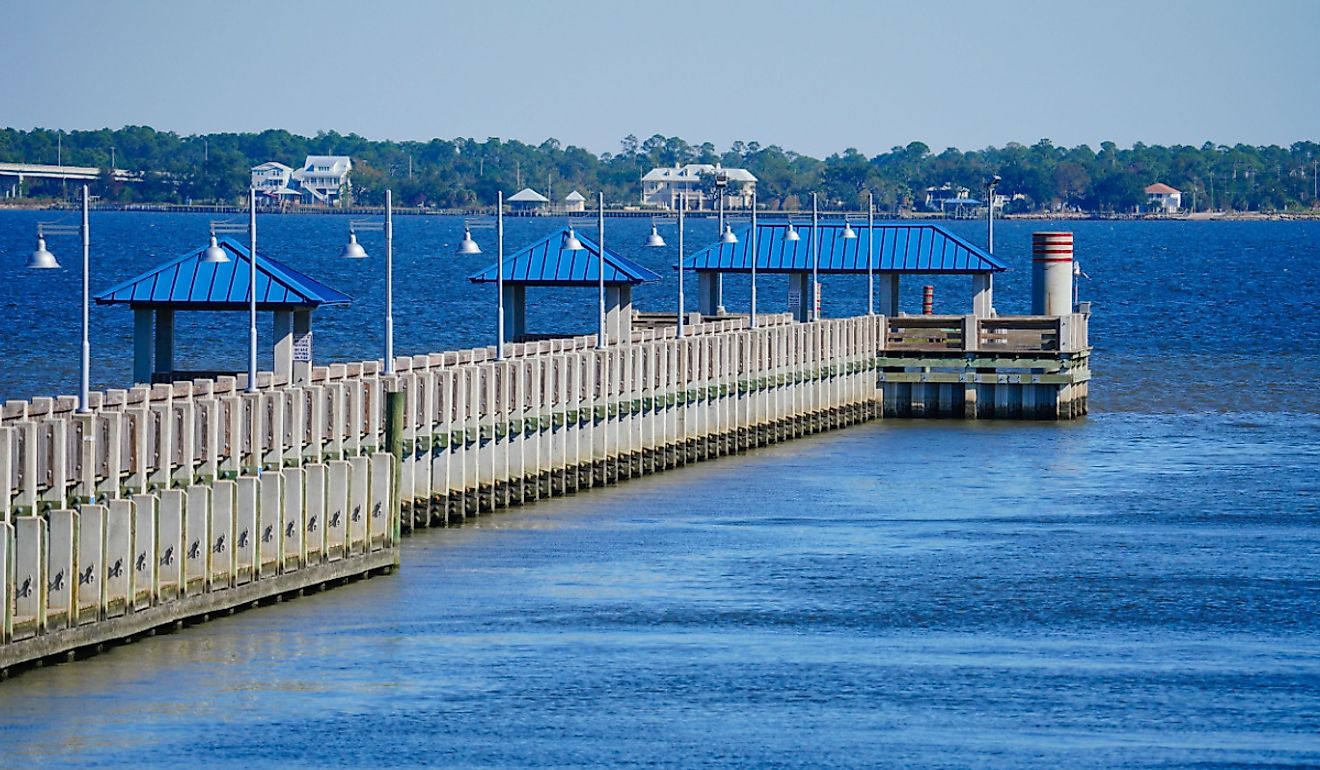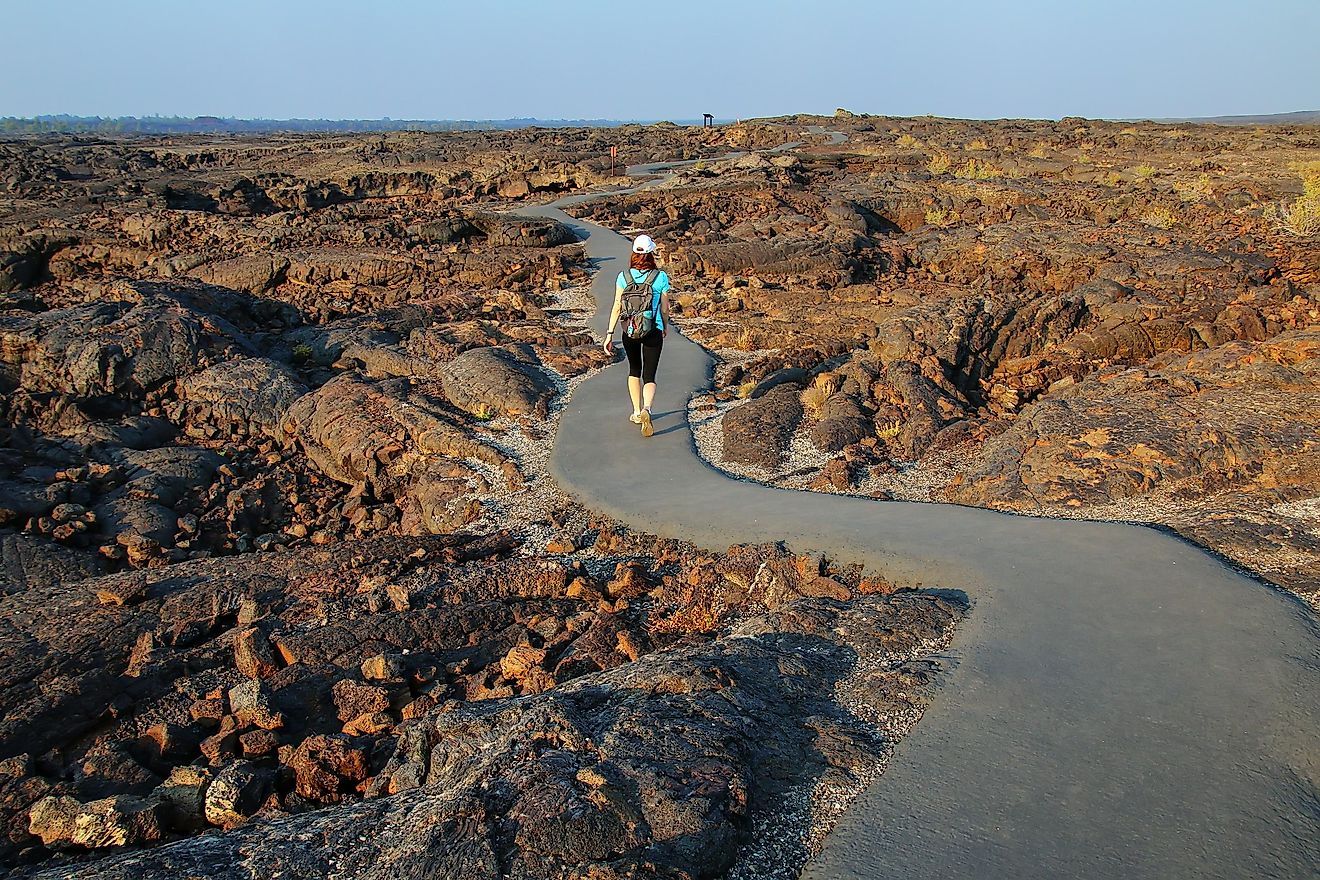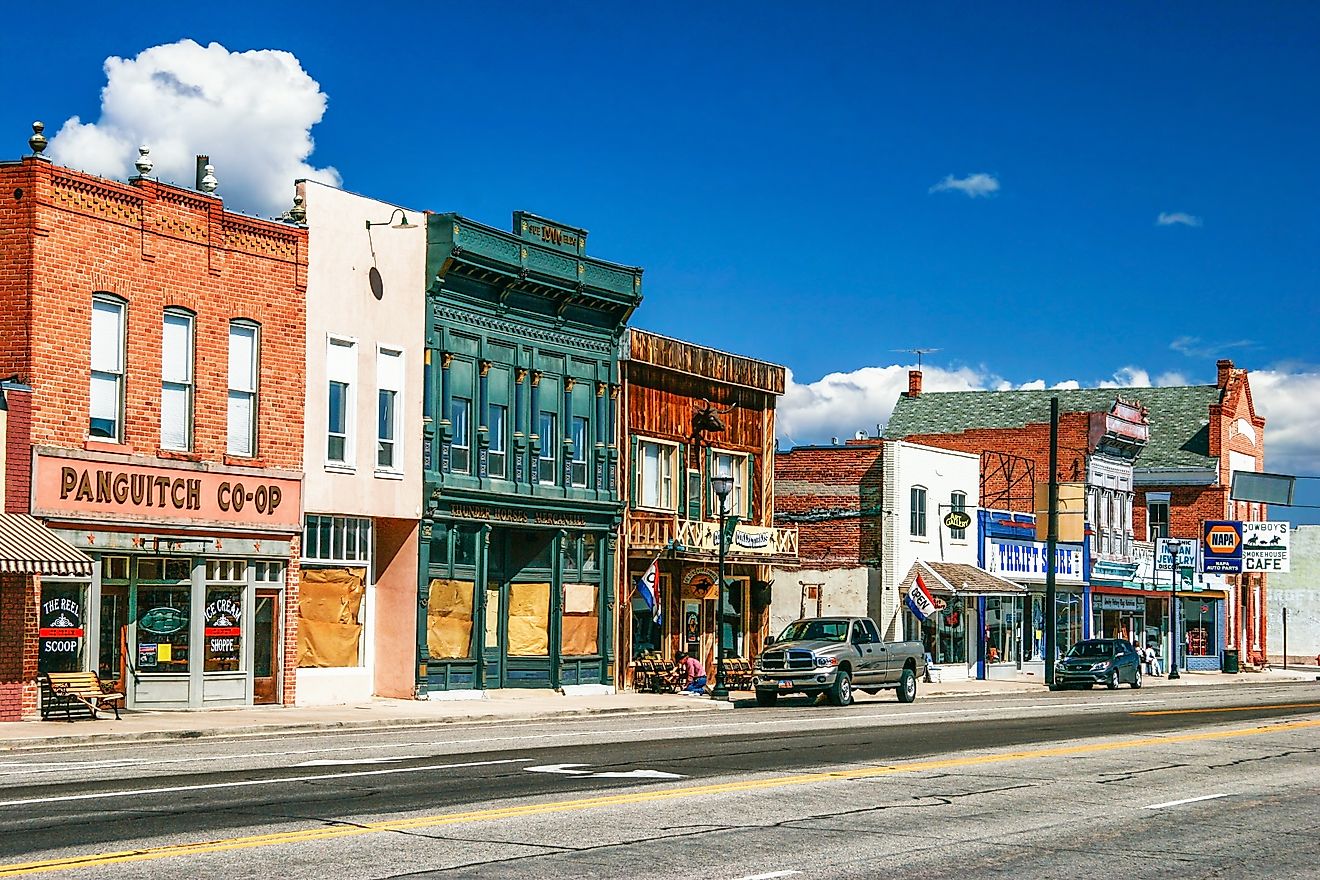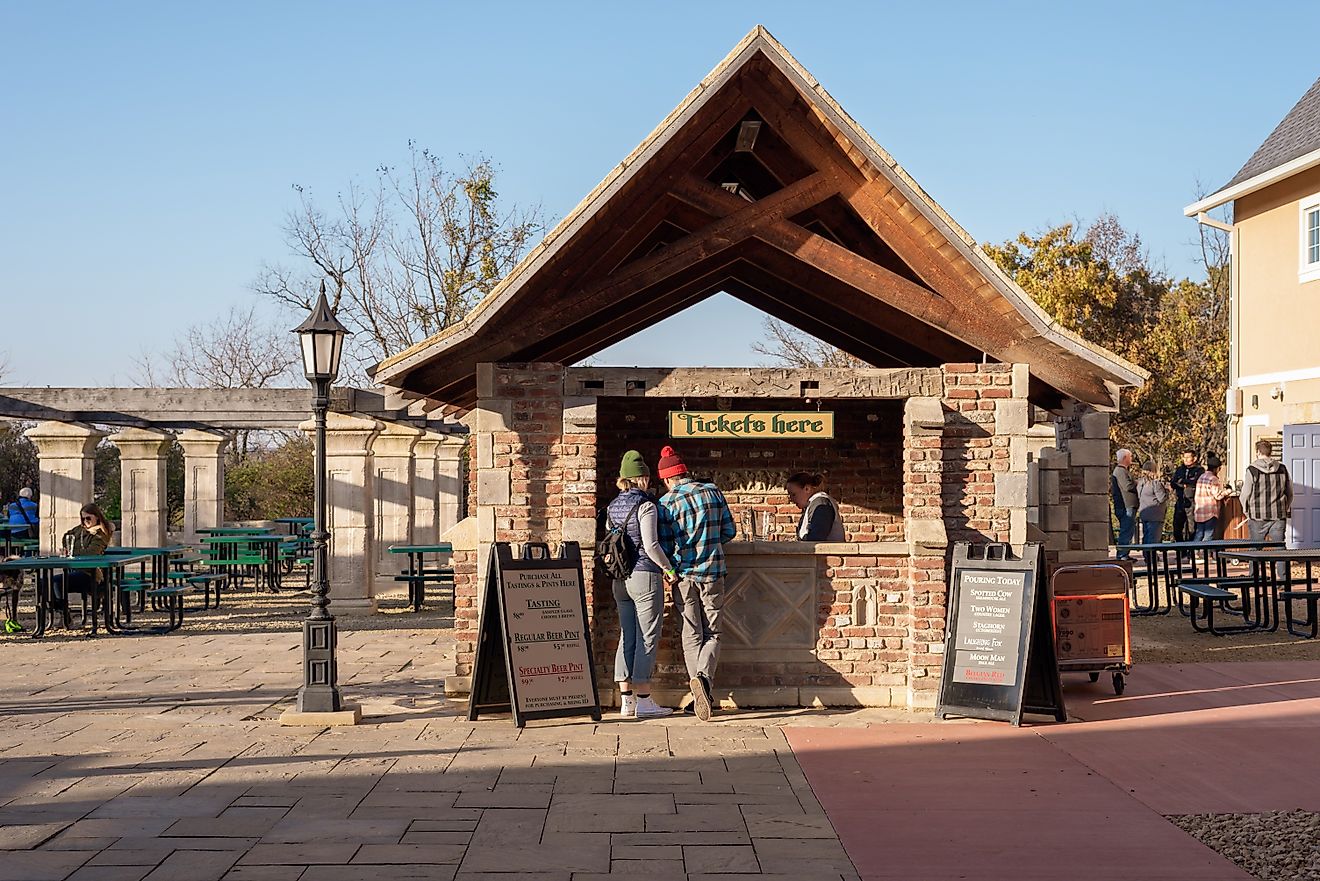
These 8 Towns In Vermont Have Beautiful Architecture
An entire state without a single skyscraper, Vermont might seem like a poor choice for a list of impressive architecture. But what it lacks in height, it makes up for in breadth - sprawling mansions, manors, museums, churches, colleges, and farms covering dozens of styles, hundreds of years, and thousands of acres of luxuriant greenery. When you cannot build up, you build better. Skip big city skylines and come down to earth in these rural Vermont domiciles.
St. Johnsbury

When visiting a place called the "Northeast Kingdom," you expect to find regal architecture. St. Johnsbury, the largest town in this northeastern Vermont area dubbed by then-governor George D. Aiken in 1949, does not disappoint. It boasts Fairbanks Museum & Planetarium, a Victorian compound built in 1890 that houses everything from mounted animals to fossils, gems to meteors, historical artifacts, and a full-on planetarium. Other majestic manors in the Kingdom's biggest kingdom are the St. Johnsbury Athenaeum, a conjoined library and art gallery dating to 1868; North Congregational Church, an Early English Gothic-style church built circa 1878; and Brantview, a Queen Anne-style mansion constructed circa 1883 and is now a dormitory for St. Johnsbury Academy. Straying from the pack is Dog Chapel, a still picturesque hilltop haven but one devoted to dogs. It contains dog sculptures, dog-stained glass windows, and shrines to visitors' dearly departed dogs. "Welcome all creeds, all breeds. No dogmas allowed," the entrance sign reads.
Bennington

This southern Vermont town of 15,000ish people is watched over by The Bennington Battle Monument, a 306-foot stone obelisk that is the state's tallest artificial structure. Completed in 1891 and dedicated to the Battle of Bennington, which is said to have been the "turning point in the Revolutionary War," the monument opens for tours each May. From the top, visitors can see not just beautiful Bennington but much of the Vermont countryside and the countryside of two other states: New York and Massachusetts. You might have to climb down and drive your car to truly explore North Bennington, Bennington's similarly scenic northern village. Prospect Street and Main Street host the mid-19th century former haunts of horror writer Shirley Jackson (the latter is now a micro-bakery called moon scones (supposed to be lowercase)), while Park McCullough Drive has the namesake Park-McCullough Historic Governor's Mansion, a 35-room Victorian marvel built by politician Trenor W. Park.
Middlebury
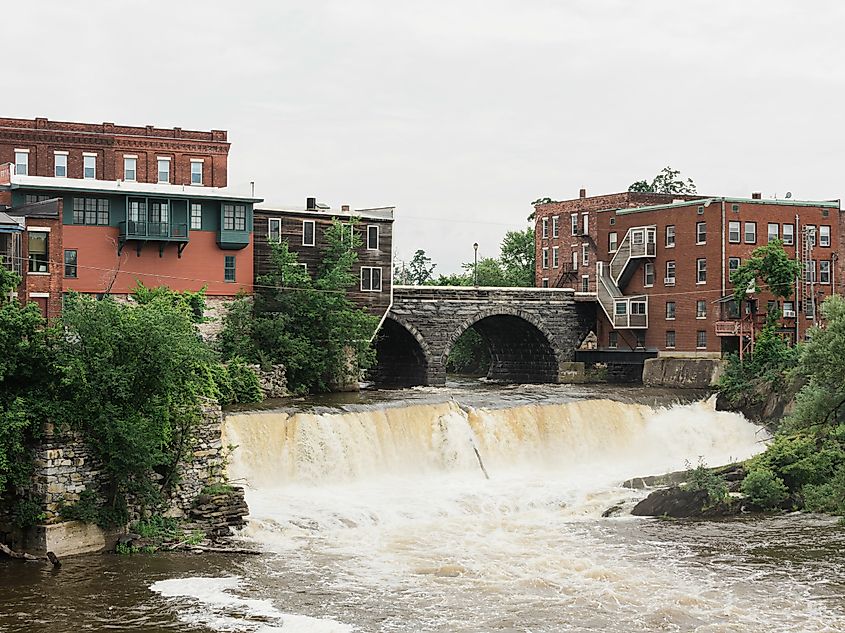
Located near the north-south midpoint of the state, Middlebury is a 9,000ish-person town beautified by Middlebury College. This showcase of elegant heritage buildings is headlined by Painter Hall, which was constructed circa 1814 and is considered the oldest surviving college building in Vermont. Another ravishing relic in Middlebury is the Henry Sheldon Museum, a c.1882 history museum in a c.1829 building. From Henry Sheldon's place, you can stop by the Ripton woods on a snowy evening to admire the Robert Frost Farm, where the titular poet lived from 1940 till 1963. It is also owned by Middlebury College.
Shelburne

Shelburne is a Lake Champlain-lined town known for three architectural wonders. The first is Shelburne Farms, whose whimsical farmland and estate buildings were designed by legendary architects Frederick Law Olmsted and R. H. Robertson, respectively. The main building, a Queen Anne-style mansion, was restored in the 1980s as Shelburne Inn and now offers 24 rooms and five cottages. The second Shelburne spectacle is the Shelburne Museum. Rather than one building with a themed collection, this museum has 39 buildings on 45 acres exhibiting over 150,000 " folk artworks, " ranging from quilts to puppets to a restored 220-foot steamboat. Last but not least is the Vermont Teddy Bear Factory, which looks like a teddy's mansion and occupies dozens of acres of lush VT land. Tours are held daily on a first-come, first-served basis.
Woodstock
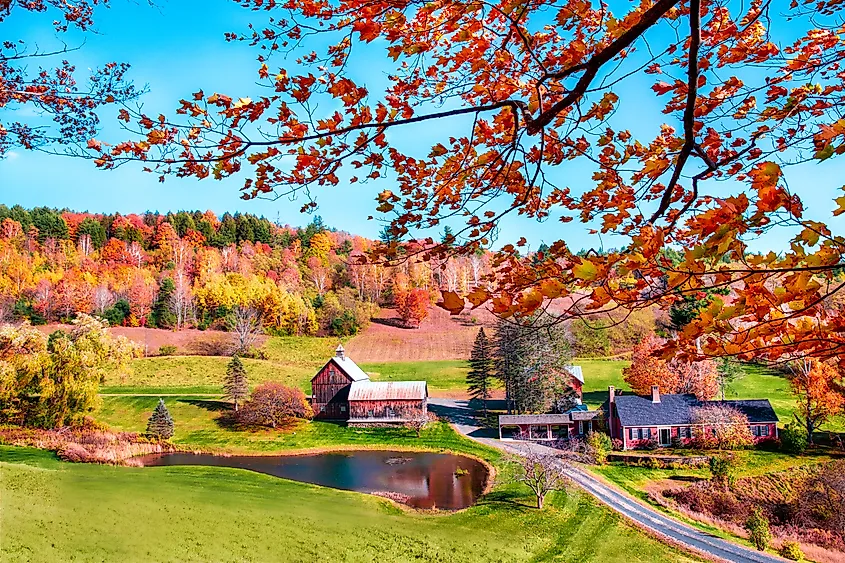
A town founded in the 1700s in a hilly green paradise, Woodstock is a mix of grand historic buildings and rustic yet resplendent farms. The "prettiest small town in America" boasts the Woodstock Town Hall Theatre, which was originally the Woodstock Opera House and now features Neoclassical columns and a proscenium; Sugarbush Farm, a maple and cheese producer with its own covered bridge and chapel; and the George Perkins Marsh Boyhood Home, which nurtured "America's first environmentalist" and is part of the Marsh-Billings-Rockefeller National Historical Park. Sharing the same parking lot and much of the same history is Billings Farm & Museum, which continues and preserves the work of Frederick H. Billings, another conservationist who later lived in the George Perkins Marsh house.
Manchester

If you thought Vermont could not have any more historically significant homes, meet Manchester and its Georgian Revival mansion called Hildene. Built in the early 1900s, Hildene began as the summer retreat for Abraham Lincoln's son, Robert Todd Lincoln and his wife, Mary Harlan Lincoln. It remained in the family until the 1975 death of Abraham Lincoln’s great-granddaughter, Peggy Beckwith. Today, Hildene is a tourist attraction on 412 acres and with 13 other historic haunts. Outside of Hildene, Manchester Center is a town-sized outlet mall in charming town-appropriate buildings. Check out a J.Crew and Eddie Bauer in multi-story manors.
Brattleboro

Named after William Brattle, a major general during the American Revolution, Brattleboro has history and controversy chiseled into its architecture. Although no Revolutionary War battles occurred in Brattleboro, mental battles raged at the Vermont Asylum for the Insane. Founded in 1834, this hospital complex still operates in a much softer form as Brattleboro Retreat, but it retains many of its Federal, Greek Revival, Colonial Revival, Italianate, and Gothic buildings. The last style is exemplified by Retreat Tower, a 65-foot stone structure from 1887 whose stateliness matches its creepiness. Another quirky Gothic structure lies just a few minutes east of town in the New Hampshire woods. It is the ruins of a "castle" built by a 20th-century Manhattan costume designer as a party venue for her elite friends - until she ran out of money. Madame Sherri was her name and her grand stone staircase remains.
Waterbury

Although a historic town with tons of Queen Anne, Italianate, and Federal-style architecture, Waterbury's most famous building is a modern factory in Half Baked, Strawberry Cheesecake, and Americone Dream style. Yes, Ben & Jerry's builds in Waterbury - and it also buries (symbolically) discontinued flavors in a (real) Flavor Graveyard with headstones for Aloha Macadamia, Holy Cannoli, and Schweddy Balls, to name a few. For architecture that rivals an ice cream cemetery, head north to Stowe for the Stowe Community Church, which has the tallest steeple in Vermont, or go east to Montpelier, the smallest state capital with one of the prettiest state capitols.
Vermont shows what an architect can accomplish with time, space, and rules against tall buildings. Instead of ugly high rises in tight quarters, The Green Mountain State is bedecked with beautiful, historic manors on sprawling properties. From the Dog Chapel in St. Johnsbury to the Robert Frost Farm in Middlebury to Hildene in Manchester to the Ben & Jerry's factory in Waterbury, Vermont lets architecture stand out even while standing small.
